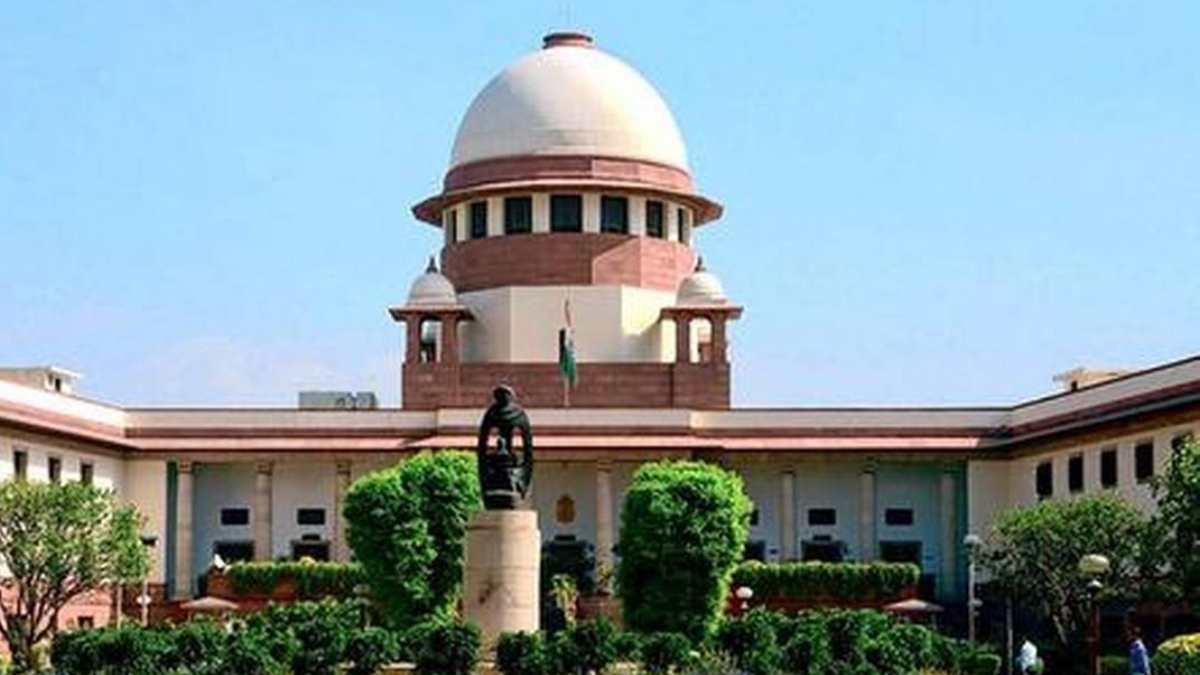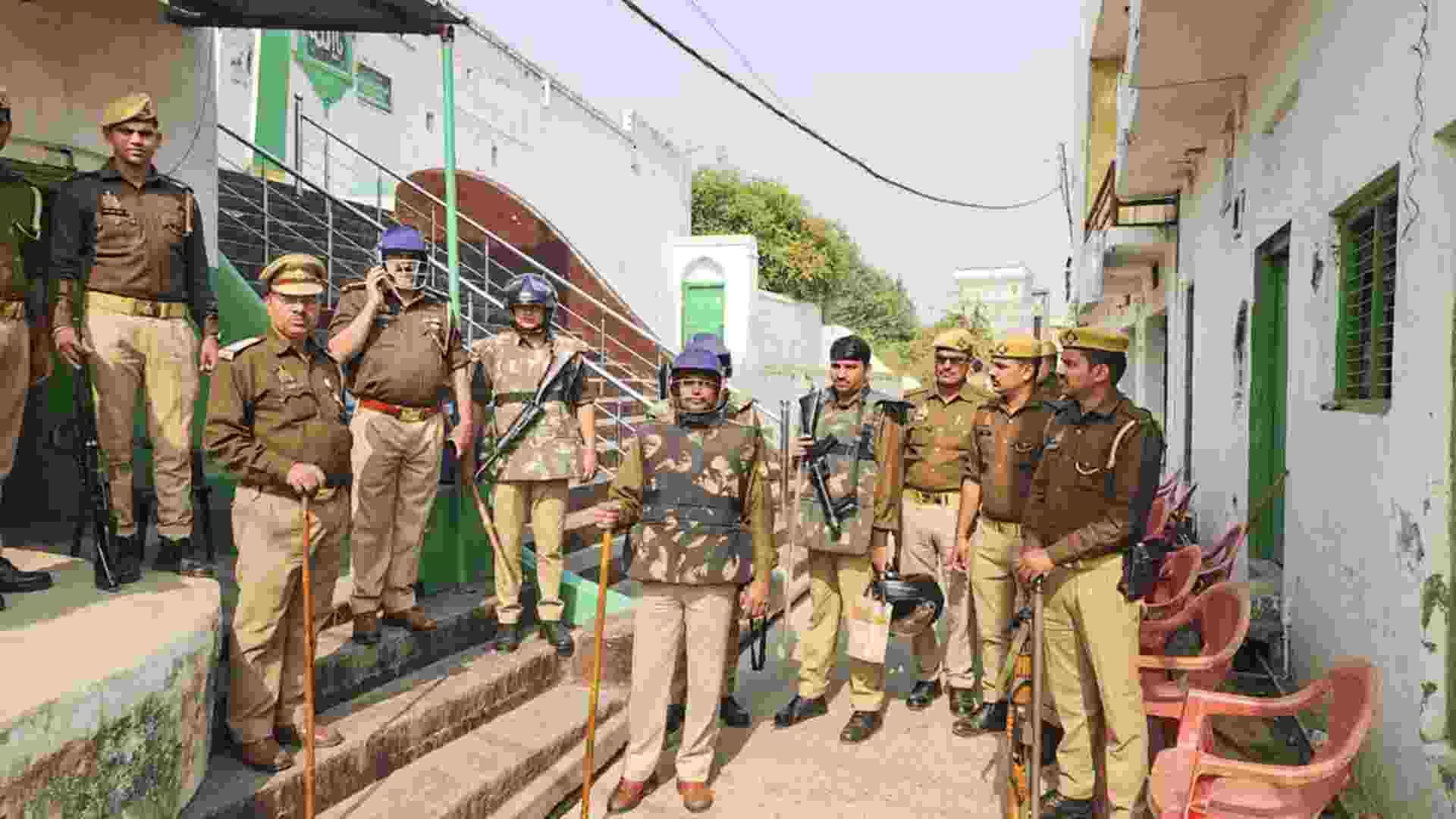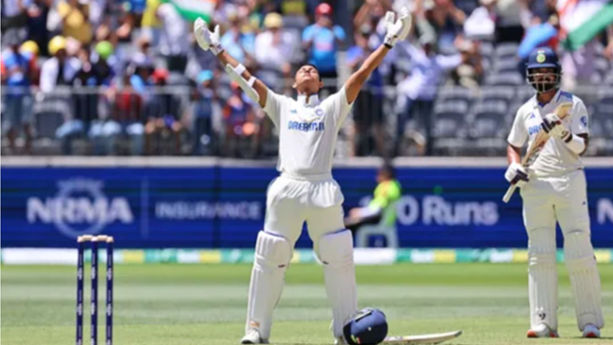
ABSTRACT
This term can likewise be comprehended as far as the opportunity of cutoff points of the legal continuing. As we realize that all appointed authorities in courts can give legal procedures which have a specific breaking point in which it has the opportunity to make any legal continuing and anything which reduces or stops it in making any legal continuing which is of need can add up to scorn of court. In India, the idea of Contempt of Court is characterized in Section 2(a) of the Contempt of Courts Act, 1971 which has comprehensively portray it as common hatred or criminal scorn. There are two Articles in the Constitution of India which talk about the Contempt of Court and these are Article 129 and Article 142(2). This law has its source from the medieval occasions when the illustrious forces of the ruler were moved to the court and as of now the ruler was accepted to be selected by God and everybody was responsible to him. This intensity of responsibility obviously delineates a similar responsibility the Supreme Court has these days under Article 129 and 142 of the Indian constitution against its scorn. In the English medieval ages the Judiciary was a significant device of the Monarch. On the off chance that the scorn of court has been submitted by an organization and it is given that the hatred has been submitted with the assent of, or is owing to any disregard with respect to, any chief, administrator, secretary or different officials of the organization, at that point such people will likewise be esteemed to be blameworthy of the disdain and the discipline will be implemented against them by the confinement in common jail of such executive, supervisor, secretary or other official with the leave of the court.
INTRODUCTION
“The term ‘Contempt of Court’ is a nonexclusive term illustrative of lead corresponding to specific procedures in an official courtroom which will in general undermine that framework or to restrain residents from benefiting themselves of it for the settlement of their questions.”
This term Contempt of Court can be effectively comprehended as when we are ill bred or defiance towards the official courtroom which implies that we willfully neglect to comply with the court request or lack of regard the lawful specialists. At that point the appointed authority has the privilege to force endorses, for example, fines or can send the contemnor to imprison for a specific timeframe in the event that he is seen as blameworthy of Contempt of Court. Around then these adjudicators and governing bodies were delegates of the awesome principle government and these appointed authorities and lawmaking bodies assumed a significant job in legitimizing the elements of these rulers. The lord was the prevalent head of equity and this force he has given to the legal framework and in the event that anybody or the ruler himself lack of regard or question the courts it turned into a test to the prevalence of the ruler and just as to his astuteness.
Article 129
Article 129 says that the Supreme Court shall be the ‘Court of Record’ and it has all the powers of such courts including the power to punish for contempt of itself.
Article 142(2)
This article likewise discusses Contempt of Court. This Article says that when any law is made by the Parliament on the arrangements referenced in proviso 1 of this Article, the Supreme Court has all the ability to make a request for making sure about any individual’s participation, creation of any archives or has the ability to offer discipline to anybody for its disdain.
ORIGIN OF CONTEMPT OF COURT
The lawful framework that we see today is the summit of the long excursion which has begun from the awesome standard that was in decree to the characteristic law and all the more further to the positive law that we see today. Disdain of Court is an issue which respects that equity ought to be managed reasonably and it likewise rebuffs any individual who intends to hurt the poise or authority of the legal councils. This law has its root from the medieval occasions when the imperial forces of the ruler were moved to the court and as of now the ruler was accepted to be delegated by God and everybody was responsible to him. This intensity of responsibility plainly portrays a similar responsibility the Supreme Court has these days under Article 129 and 142 of the Indian constitution against its hatred. In the English medieval ages the Judiciary was a significant apparatus of the Monarch. Around then these adjudicators and lawmaking bodies were delegates of the heavenly principle government and these appointed authorities and assemblies assumed a significant job in legitimizing the elements of these rulers.
ESSENTIALS OF CONTEMPT OF COURT
In the event that an individual named X needs to demonstrate that the other individual named Y is blameworthy of submitting a demonstration which is an offense in an official courtroom. At that point he needs to show the court that the offense which Y has done is satisfying the basic required to submit that demonstration or not. On the off chance that the basics of that will be satisfied, at that point he will be at risk for that demonstration. Additionally, every offense has certain special cases that must be satisfied for making the individual obligated for doing that demonstration. Hatred of Court additionally has certain fundamentals and these are as per the following:
1. Disobedience to court procedures, its requests, judgment, order, and so forth ought to be done ‘resolutely’ if there should arise an occurrence of Civil Contempt.
2. In Criminal Contempt ‘distribution’ is the most significant thing and this production can be either spoken or composed, or by words, or by signs, or by obvious portrayal.
3. The court should make a ‘substantial request’ and this request ought to be in ‘information on’ the respondent.
4. The activity of contemnor ought to be conscious and furthermore it ought to be obviously negligence of the court’s organization.
These fundamentals ought to be satisfied while making somebody blamed for Contempt of Court.
TYPES OF CONTEMPT OF COURT IN INDIA
Depending on the nature of the case in India, Contempt of Court is of two types.
Civil Contempt
Criminal Contempt
CIVIL CONTEMPT
Section 2(a) of the Contempt of Court Act, 1971 states Civil Contempt as wilful rebellion to the request, order, course, any judgment or writ of the Court by any individual or unshakably rupture of endeavors by an individual susceptible to a Court. Since Civil Contempt denies a gathering of the advantage for which the request was made so these are the offenses fundamental of private nature. As it were, an individual who is qualified for get the advantage of the court request, this wrong is commonly done to this individual.
DEFENCES TO CIVIL CONTEMPT
A person who is accused of Civil Contempt of case can take the following defences:
Lack of Knowledge of the request: An individual can not be held obligated for Contempt of Court on the off chance that he doesn’t have the foggiest idea about the request given by the court or he professes to be unconscious of the request. There is an obligation authoritative on the fruitful party by the courts that the request that has passed ought to be served to the Individual by the post or by and by or through the guaranteed duplicate. It tends to be effectively argued by the contemner that the confirmed duplicate of the request was not officially served to him.
The noncompliance or the rupture done ought not be : If somebody is arguing under this safeguard then he can say that the demonstration done by him was not done persistently, it was only a simple mishap or he/she can say that it is outside their ability to control. Be that as it may, this argue must be fruitful on the off chance that it saw as sensible in any case your argue can be disposed of.
The request that has resisted ought to be dubious or uncertain: If the request passed by the court is obscure or questionable or this request isn’t explicit or finish in itself then an individual can get the barrier of disdain on the off chance that he says something against that request.
CRIMINAL CONTEMPT
As indicated by Section 2(c) of the Contempt of Court Act, 1971, Criminal Contempt is Defined as (I) the production of any issue by words, verbally expressed or composed, or by motion, or by signs, or by unmistakable portrayal or (ii) doing of any demonstration which incorporates:
Scandalize or will in general outrage, or brings or tends down to bring down the authority of any court, or
Biasness, meddles or will in general meddle with the proper method of a Judicial procedures, or
c) Blocks or will in general impede, meddle or will in general meddle with the organization of equity in any way.
PUNISHMENT FOR CONTEMPT OF COURT
Section 12 of the Contempt of Court Act, 1971 talks about the punishment for Contempt of Court. High Court and the Supreme Court have been enabled to rebuff somebody for the Contempt of Court. Section 12(1) of this Act expresses that an individual who asserted with the Contempt of Court can be rebuffed with straightforward detainment and this detainment can stretch out to a half year, or with fine which may reach out to 2,000 rupees or can be of both kind discipline. Notwithstanding, a denounced might be released or the discipline that was granted to him possibly transmitted relying on the prerequisite that on the off chance that he makes a statement of regret and this expression of remorse ought to fulfill the court, at that point no one but he can be absolved from the discipline of Contempt of Court. Clarification of this sentence is that in the event that the denounced made an expression of remorse in the true blue, at that point this statement of regret will not be dismissed on the ground that it is contingent or qualified.
REMEDIES AGAINST AN ORDER OF PUNISHMENT
Segment 13 has been included the Contempt of Court Act, 1971 after correction in 2006. The new Act might be known as The Contempt of Court (Amendment) Act, 2006. This Section tells that disdain of court can’t be rebuffed in specific situations or certain cases.
Clause (a) of Section 13 of the Contempt of Court (Amendment) Act, 2006 states that no Court under this Act will be rebuffed for Contempt of Court except if it is fulfilled that the Contempt is of such a nature, that it considerably meddles or will in general generously meddle with the proper method of Justice.
Clause (b) of Section 13 of this Act expresses that the court may give the guard on the avocation of truth on the off chance that it finds that the demonstration done in the open intrigue and the solicitation for conjuring that barrier is real.
PRASHANT BHUSHAN CONTROVERSIAL CONTEMPT OF COURT CASE
A well known Advocate and Activist Prashant Bhushan, was held guilty for contempt of court on August 14 for two tweets against present Chief Justice SA Bode and past four CJIs which the Supreme Court discovered depended on twisted realities and added up to a vulgar and noxious assault on the Apex court and destabilized the establishment of the legal executive. He was fined with 1Re. for such contempt and in default of payment of a fine by September 15, Bhushan needs to go through imprisonment of three months and will face a practice ban of three years, a bench headed by Justice Arun Mishra said in the judgment.
While perusing out the employable bit of the judgment on the quantum of sentence, Justice Arun Mishra noticed that Bhushan neglected to hold fast to the counsel of the Attorney General to express regret. Prior to articulating the sentence, the court had given Bhushan three opportunities to express apology, yet Bhushan through his own assertion and through his legal counsels expressed he remained by his tweets and was not requesting any tolerance, kindness or unselfishness from the court. Bhushan said any unequivocal statement of regret at this stage would add up to “hatred of his still, small voice” as they depended on his “bonafide conviction.” He encouraged that the tweets should just be viewed as “productive analysis so the court can capture any float away from its long-standing function as a watchman of the Constitution and caretaker of people groups’ privileges.”
Justice Arun Mishra inquired as to for what reason can’t Bhushan apologize? “ Attorney General KK Venugopal had mentioned SC not to rebuff Bhushan as he said SC should close the part after the liable request and ought not rebuff him or sentence him considering his free work and his accomplishment in the field of Public Interest Litigation. AG likewise alluded to the well known public interview called by four sitting adjudicators in which they stated: “majority rule government is in harm’s way.” Just close the issue by instructing him to not rehash this,” AG encouraged. Over and over experiencing the tweets and two explanations made in court by Bhushan, Justice Mishra said that Bhushan ought to in any event understand his error and state sorry. AG rehashed, “I’m representing the Bar. Take an empathetic stand. Let him off with a notice.”
Alluding to a photograph dated June 29 of CJI Bobde sitting on a Hardley Davidson bicycle, Prashant Bhushan had tweeted, “CJI rides a 50 Lakh motorcycle belonging to a BJP leader at Raj Bhavan Nagpur, without a mask or helmet, at a time when he keeps the SC in lockdown mode denying citizens their fundamental right to access justice.”
The subsequent tweet dated June 27 stated, “When historians in the future look back at the last six years to see how democracy has been destroyed in India even without a formal emergency they will particularly mark the role of the Supreme Court in this destruction and more particularly the role of the last 4 CJIs.”
SC said the tweets brought the organization of equity into offensiveness and authority of the establishment of Supreme Court all in all and the workplace of the Chief Justice of India specifically, according to the general population on the loose.” As Bhushan’s tweet became famous online, Chief Justice Bobde’s office had to give an explanation that the CJI needed to get one of those Harley Davidson bicycles after retirement and had asked a vendor in Nagpur, where he as of now was, to show him one.
During the previous quite a long while, Bhushan was now and again being pulled up by different appointed authorities during court hearings for his web-based media posts, remarks offering scornful comments and projecting slander on judges when the standard – ‘You can criticize a judgment but not a judge’ but this is the first time that he was found guilty. He said his solitary regret in the CJI and bike tweet was that he didn’t see that the bicycle was on a stand when he blamed the CJI for riding a bike without a helmet.
At the point when he was approached to clarify his tweets Bhushan wouldn’t apologize and said he remained by his tweets and said in the event that it is understood as disdain and procedures proceeded, it would smother free discourse and would establish a nonsensical limitation on Article 19 that is the right to freedom of speech and expression.
CONCLUSION
The current job identifying with ex facie scorn of lower courts is unacceptable and deluding in India. It gives the idea that clearly, the challenges right now the after result of cover of disdain controls under the Indian Penal Code, Contempt of Courts Act and scorn forces of the Supreme Court and High Court under the Indian constitution. The situation has developed as progressively confused by method for the conflicting translations finished the Supreme Court and High Court in regards to differing arrangements under the Indian Penal Code managing obstruction with the organization of equity and prohibition proviso contained in the Contempt of Courts Act. Not just the higher court to be enabled to manage scorn yet in addition the lower court ought to be given this force. Contempt of Court whenever seen from the point of view of the appointed authorities, higher legal authorities appears to be acceptable however on the off chance that it goes to the viewpoint of average citizens it turns towards its awful impact.















